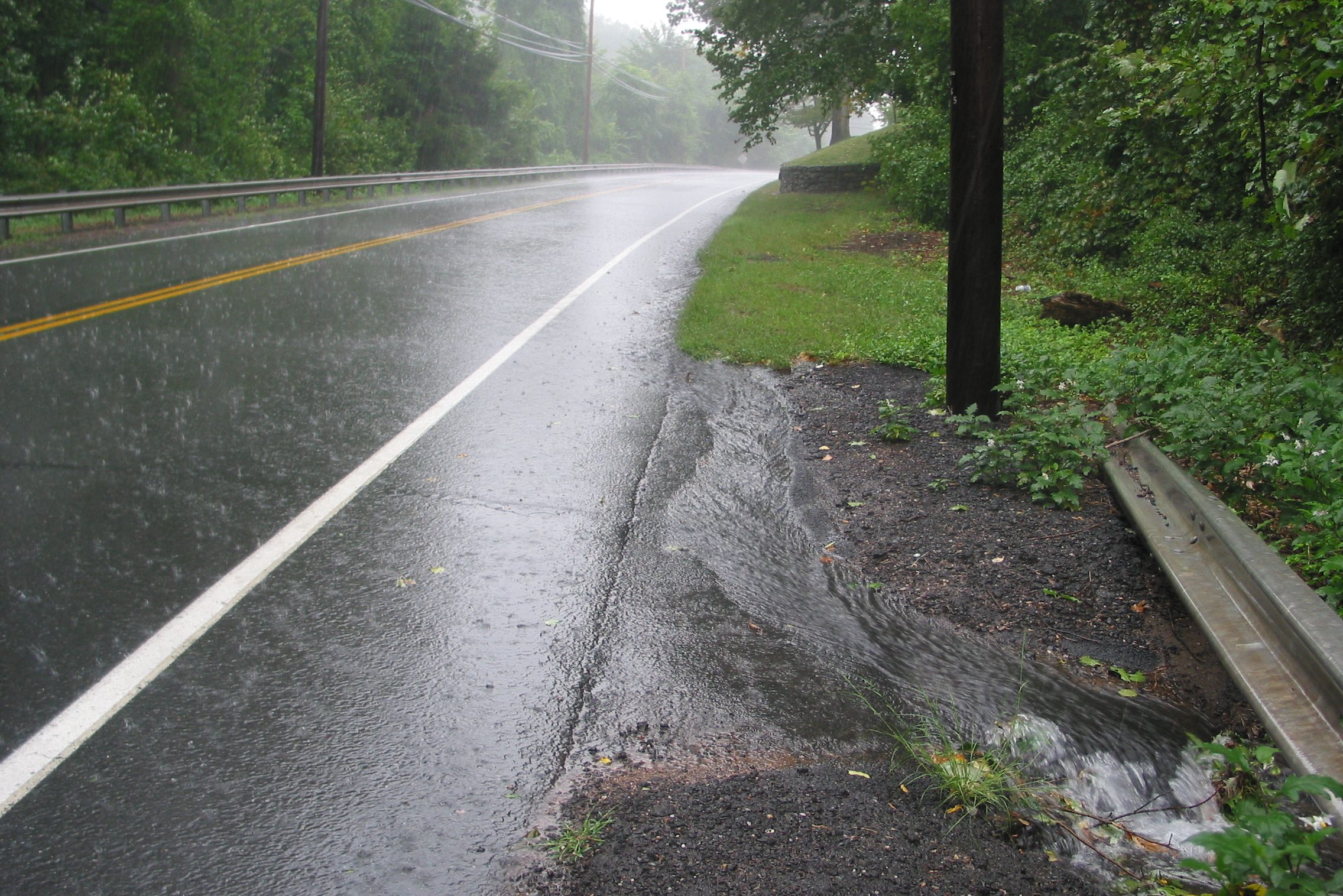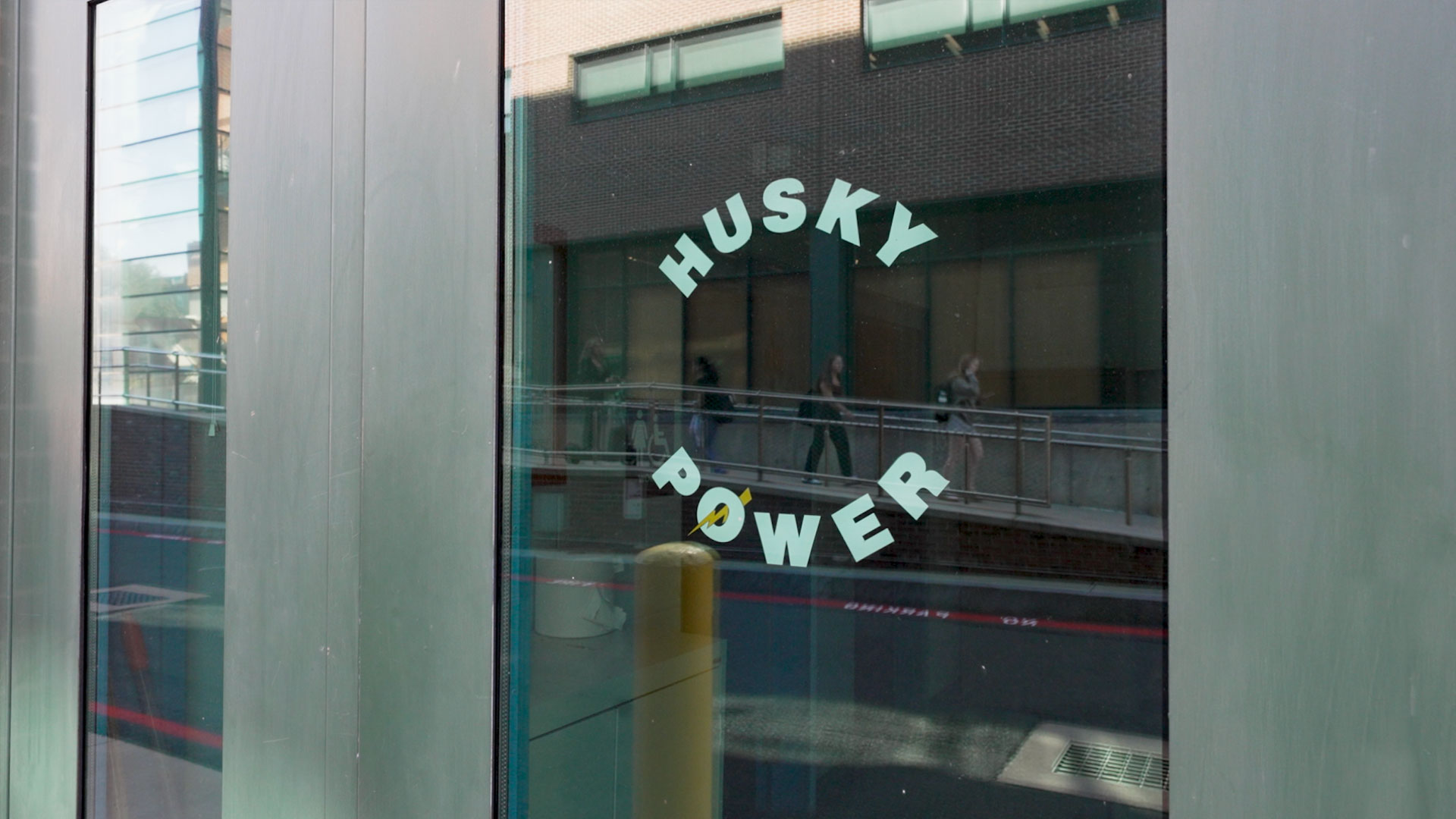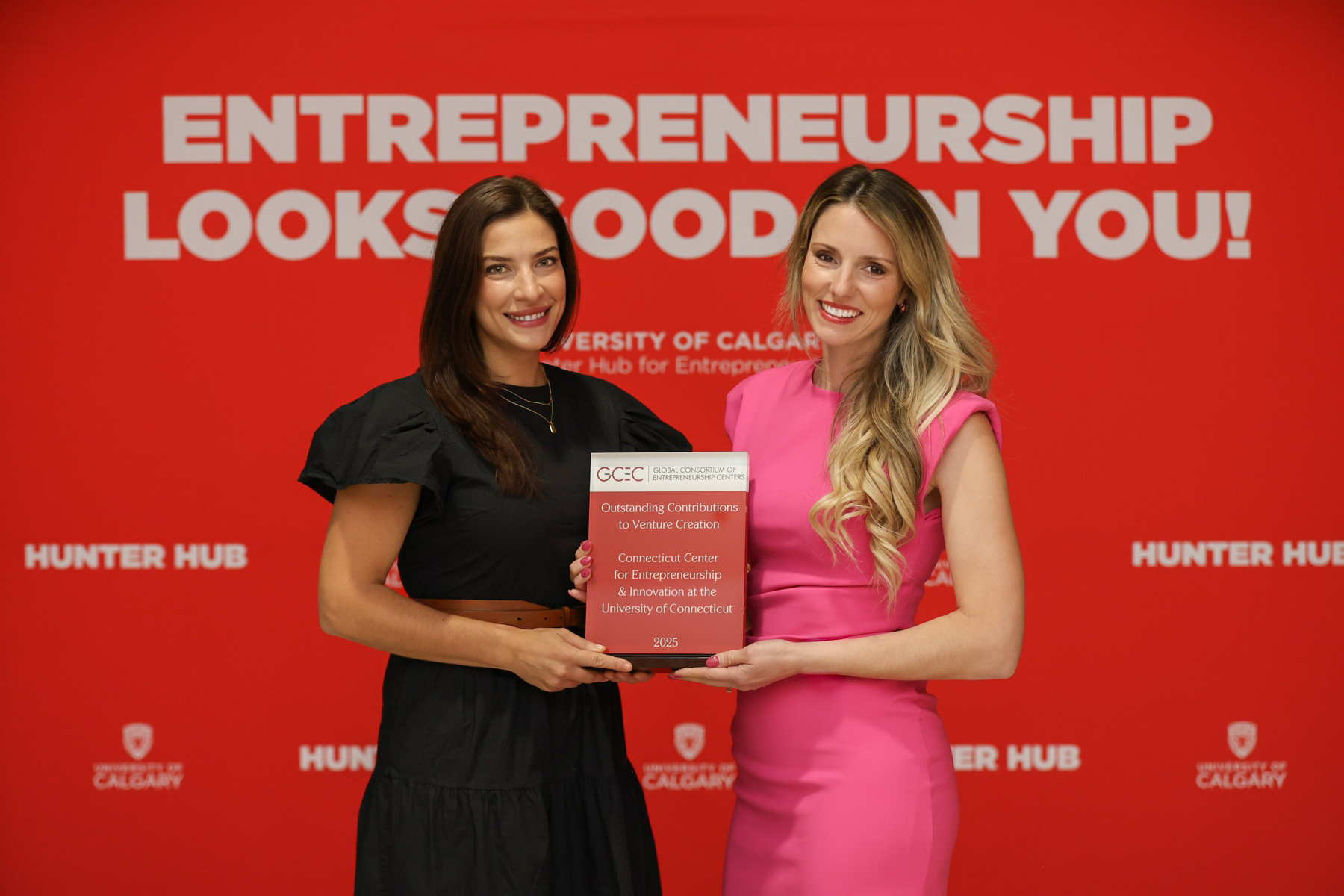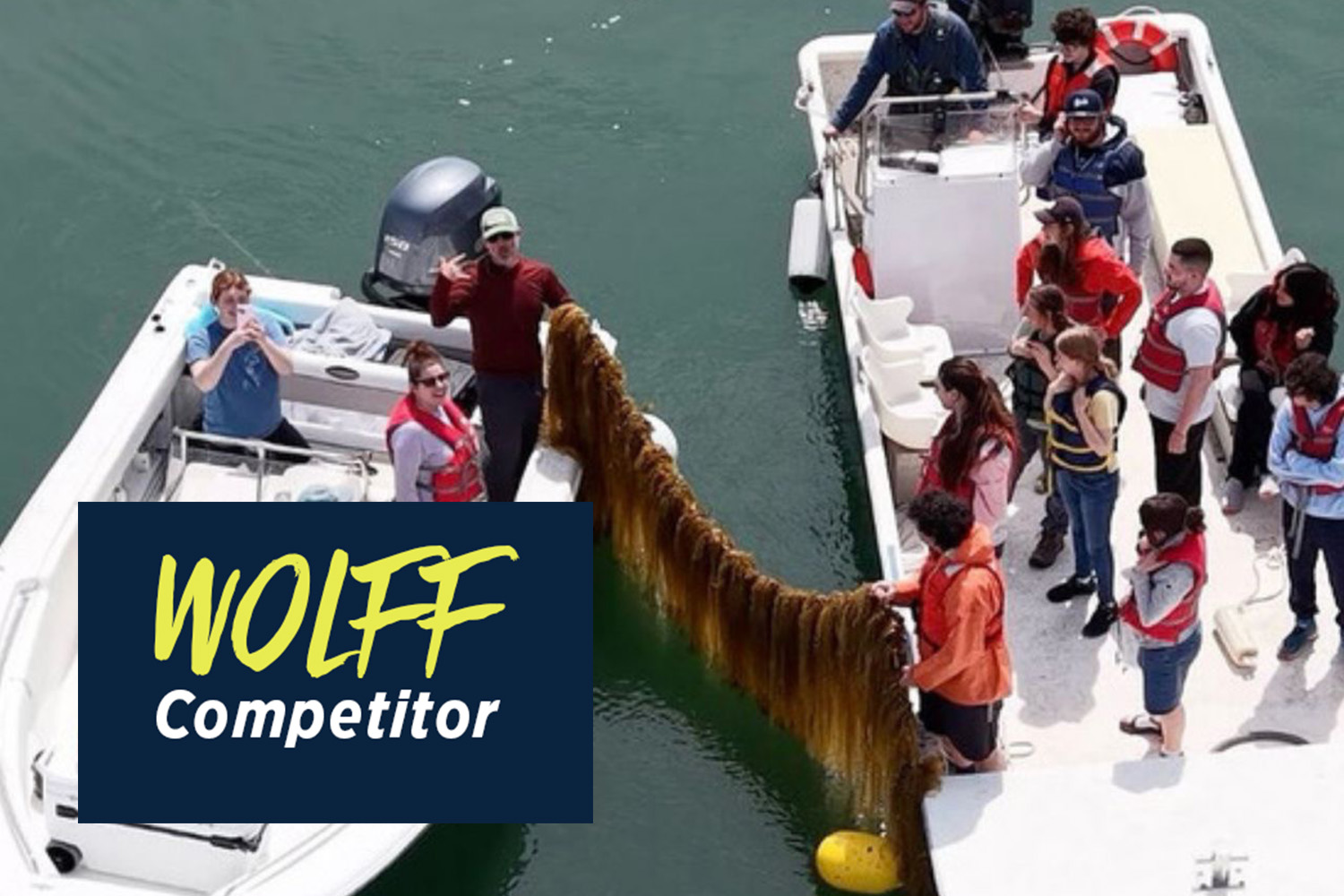A UConn Extension program, in partnership with the state Department of Energy and Environmental Protection (DEEP), is helping Connecticut towns comply with new state and federal requirements for reducing water pollution – and saving them money.
The number one source of water pollution in the United States is stormwater runoff. In the Northeast in particular, flooding caused by runoff is a growing problem, as climate change produces more intense storm events than in the past. Pollution and flooding are exacerbated by paved surfaces in the expanding urban landscape that prevent percolation of rainfall into the soil, and channel pollutants directly into local rivers, lakes, and Long Island Sound.
Connecticut’s municipalities are on the front lines of the battle against stormwater runoff, and the rules of engagement are laid out in the MS4 General Permit, a set of requirements written and administered by DEEP to comply with the national Clean Water Act. In 2017, the MS4 requirements were significantly expanded, requiring towns to do more work to keep their stormwater clean.
A Municipal Separate Storm Sewer System (MS4) includes the storm drains, pipes, stormwater ponds, and anything else towns use to quickly drain runoff from roads and parking lots and discharge it, untreated, into nearby water bodies. The permit holds towns responsible for contaminants in that stormwater.
To assist cash-strapped towns with the expanded MS4 requirements, DEEP partnered with UConn’s Center for Land Use Education and Research (CLEAR) to provide outreach and support. CLEAR is a partnership of UConn Extension and the Department of Natural Resources and the Environment, both in the College of Agriculture, Health, and Natural Resources. CLEAR’s Nonpoint Education for Municipal Officials (NEMO) program has worked with municipalities across the state on stormwater issues for nearly 20 years.
Chris McGinness, inland wetland agent and zoning officer for Southbury, says that although his town had an MS4 permit in place for years, its staff were “a bit overwhelmed” by the process for a new permit. “The CLEAR program was essential to my learning and understanding the new requirements. The program even provided in-person, onsite attention to educate my coworkers involved in budgeting for the requirements.
“It really helped to have a source directly available to help reconcile differing interpretations among the employees involved,” he adds.

Amanda Ryan is a visiting extension educator who travels around the state to help municipal staff, commissions, and board members understand the new requirements, sharing information about tools and other available assistance.
“Towns appreciate help with these new requirements,” says Ryan. “Some sections can be confusing, so it’s helpful to have someone decode the permit and clarify what is required when. It saves the towns time and prevents them from doing things they don’t have to do.”
In addition to Ryan’s direct assistance, CLEAR’s range of educational offerings includes workshops, webinars, communication forums such as the MS4 listserv, and an MS4 website with a wide variety of information about the permit, cost-effective strategies, and tools and templates to help towns comply.
An online mapping resource, the MS4 map viewer, was created by CLEAR faculty to provide easy access to geospatial data. The viewer helps towns prioritize areas of focus by identifying water bodies affected by polluted runoff, concentrations of impervious cover, and other factors that contribute to those impairments. Several of the layers in the viewer were created or acquired by CLEAR staff.
The CLEAR outreach program including assistance, tools, and education to accompany new regulatory requirements was recognized as a best approach to stormwater management by the New England Stormwater Collaborative, earning a coveted Stormy Award in 2017.
Warren Disbrow, assistant town engineer for East Hartford, says the information and assistance provided by CLEAR enabled his town to save resources while complying with the requirements of the MS4 Permit. “ The template for the stormwater management plan alone saved us a significant amount of money by allowing staff to complete an acceptable plan in a minimal amount of time,” he notes.
Just two years into the five-year partnership, the program is estimated to have saved the state and MS4 towns well over $1.6 million, more than covering DEEP’s investment to fund the outreach support and acquire the necessary geospatial data to support it. Using the CLEAR templates for the stormwater management plans and annual reports required for the permit, for example, saved participating towns about $10,000 each.
DEEP funded the purchase of a high-resolution map of all of Connecticut’s paved surfaces, known collectively as impervious cover, to help towns focus their pollution control efforts. That data has proven useful for other purposes. It was used, for example, to develop a statewide layer of buildings and addresses that saved the Connecticut Office of Policy and Management more than $500,000. At the municipal level, the dataset helped the city of New London establish its stormwater utility and, according to the estimates of city officials, saved them approximately $200,000.
The effort has also contributed to a more effective pollution control effort. DEEP staff have noted dramatically improved compliance with the permit requirements. For the previous version of the permit, it took the DEEP over two years, seven notices of violation, and two consent decrees to get all towns to register for the permit. This time, despite significantly increased requirements, all towns complied within six months, with no enforcement actions.
“Frankly,” says a DEEP staff member, “our success in getting such good compliance this time around has to do with CLEAR.”



